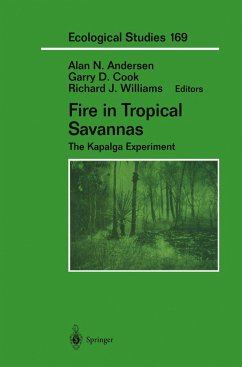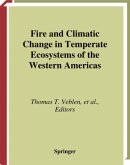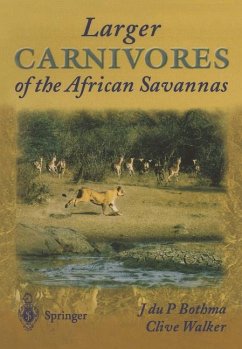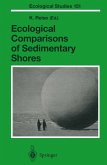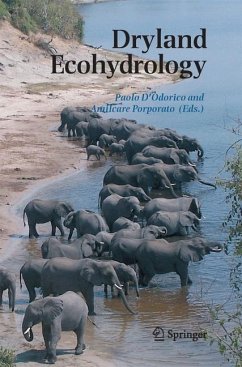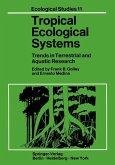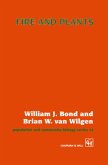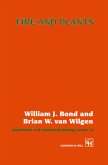Fire is a major agent of disturbance in many biomes of the world but is a particularly important feature of tropical savannas. Up to 50% of the ext- sive tropical savanna landscapes of northern Australia are burnt each year. This includes prestigious conservation reserves such as World Heritage- listed Kakadu National Park, in the Top End of the Northern Territory. As in other savanna regions of the world, the responses of biota to different ?re regimes are poorly understood, such that ?re management represents one of the greatest challenges to conservation managers and researchers alike. This is the context within which a landscape-scale ?re experiment was established at Kapalga Research Station in Kakadu,which aimed to provide a sound scienti?c basis for conservation management in the region. The experiment was established by The Australian Commonwealth Scienti?c and Industrial Research Organization (CSIRO),but involved collaborators from a range of universities and government agencies, including the m- agers of Kakadu,the Australian Nature Conservation Agency (ANCA:now Parks Australia North). This book summarizes the ?ndings from the Kapalga ?re experiment and explores the implications for conservation management. We believe that Kapalga has provided important insights into the ?re ecology of tropical savannas and has broad relevance for the conservation management of ?- prone landscapes in general. This book should be of interest to researchers, graduate students, and land management agencies. vii viii Preface We are extremely grateful to all our collaborators,both inside and outside CSIRO, for their involvement in the Kapalga experiment.
Bitte wählen Sie Ihr Anliegen aus.
Rechnungen
Retourenschein anfordern
Bestellstatus
Storno

